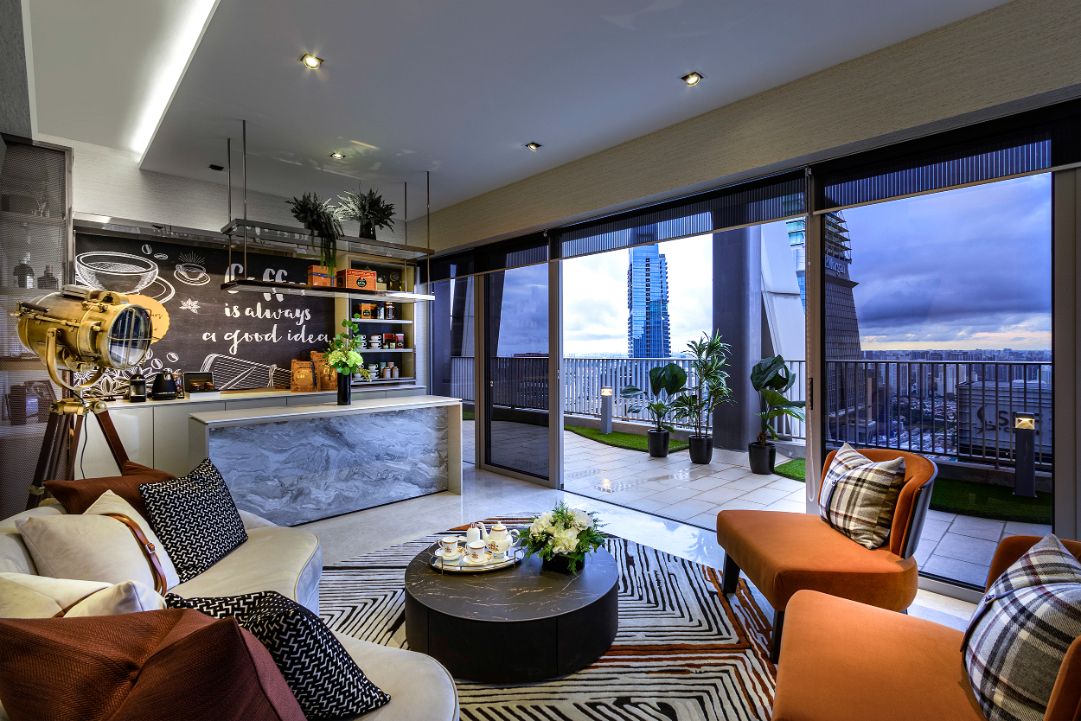Looking for a new home or property to invest in? These emerging property trends toe the line between cautious optimism, enviable locations, and sociable spaces
“The pessimist complains about the wind; the optimist expects it to change; the realist adjusts the sails.” These words by late American motivational speaker William Arthur Ward speak to the current mood of the property market and its outlook for 2023. Some of the key trends we will see this year are those that have morphed out of behavioural changes the last two years—where buyers, sellers and markets alike have had to adjust their sails in order to move forward.
The year 2022 witnessed viral variants, interest rate corrections, labour shortages, the ongoing war in Ukraine as well as rising raw material prices, among other factors, that are triggering inflation hikes and an increased cost of living. This general sense of unease directly affects the Singapore property market, says Julian Yip, managing director of Singapore-based real estate agency Realstar Premier Group. “We have seen a slowdown in the number of transactions since the second half of 2022. This will likely continue till the first half of 2023, but will gradually pick up thereafter due to pent-up demand,” says Yip.
Don’t miss: 3 of the most jaw-dropping Hong Kong real estate records of 2022

Knight Frank’s Asia-Pacific Residential Review, however, predicts that the worst may be over: 17 out of 24 cities tracked globally registered positive annual price growth in the third quarter of 2022. This is down from 19 cities in the second quarter of 2022, explains its head of research, Christine Li. “Average price growth for the region also slowed from 5.7 per cent to 2.8 per cent year-on-year, which shows that the housing market here has started to cool after the pandemic boom.”
Micah Tamthai, vice-president of real estate of Thai multinational company Minor International, concurs that the events of the past year have not dampened demand in the luxury segment; the Bangkok-based company has a property arm alongside its core businesses in hospitality, restaurants, and lifestyle. “On the contrary, we seem to be moving beyond some of these headwinds, bolstered by border reopenings and the removal of travel restrictions in key markets such as Thailand, Malaysia and Indonesia,” he says.
In case you missed it: Why Your Next Holiday Home Should Be in Sarawak







